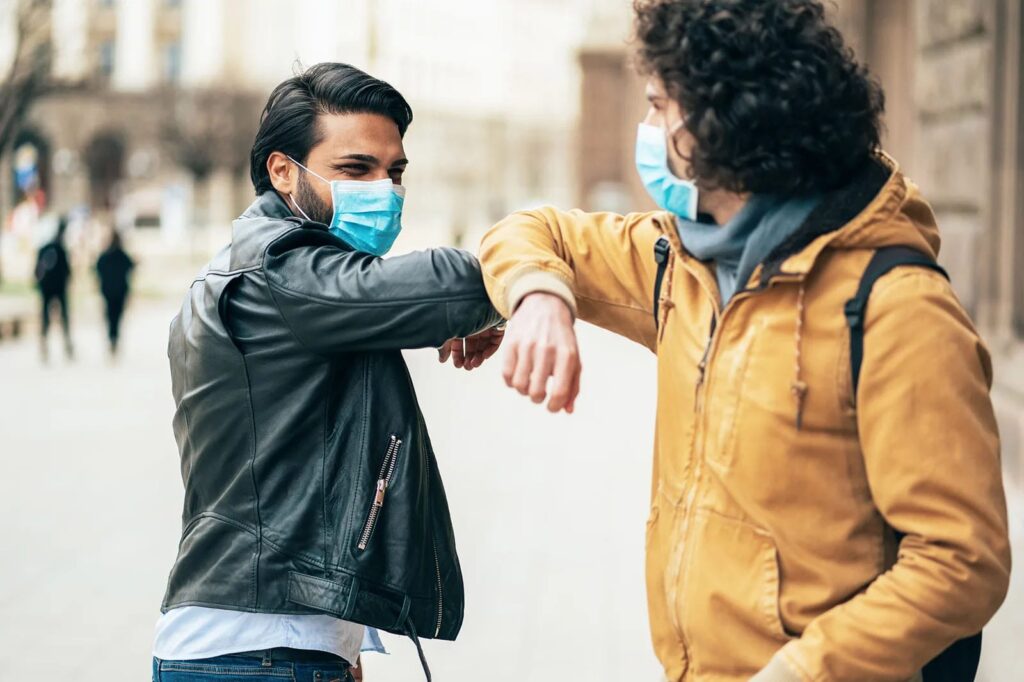
It has been a long year, full of challenges and obstacles. But there are five gifts from the pandemic that we should be thankful for, says Jane Sarasohn-Kahn.
By Jane Sarasohn-Kahn, MA, MHSA
Should auld acquaintance be forgot,
And never brought to mind?
Should auld acquaintance be forgot,
And auld lang syne?
We’ll take a cup o’ kindness yet,
For auld lang syne.
In the traditional New Year’s Eve singing of Auld Lang Syne, singers hold hands to form a large circle. Historians studying the lyrics say the song is about two friends catching up over a drink, “for the sake of old times”—an allusion to the “cup of kindness.”
As 2020 comes to an end, I wanted to take a moment to consider what gifts from the pandemic we might take with us as we seek to rebuild and reimagine healthcare in 2021.
Gift No. 1: Frontline Healthcare Workers
Since the start of the COVID-19 pandemic, doctors, nurses and healthcare workers across the country have shown their strength, courage and compassion. They have proven to be true heroes. During the earliest weeks and months of the pandemic, we saw personal protective equipment (PPE) in short supply, putting frontline clinicians at a high risk of exposure to the coronavirus.
To honor the selflessness, courage and stamina of these healthcare workers, Time magazine named these professionals as the 2020 Guardians of the Year.
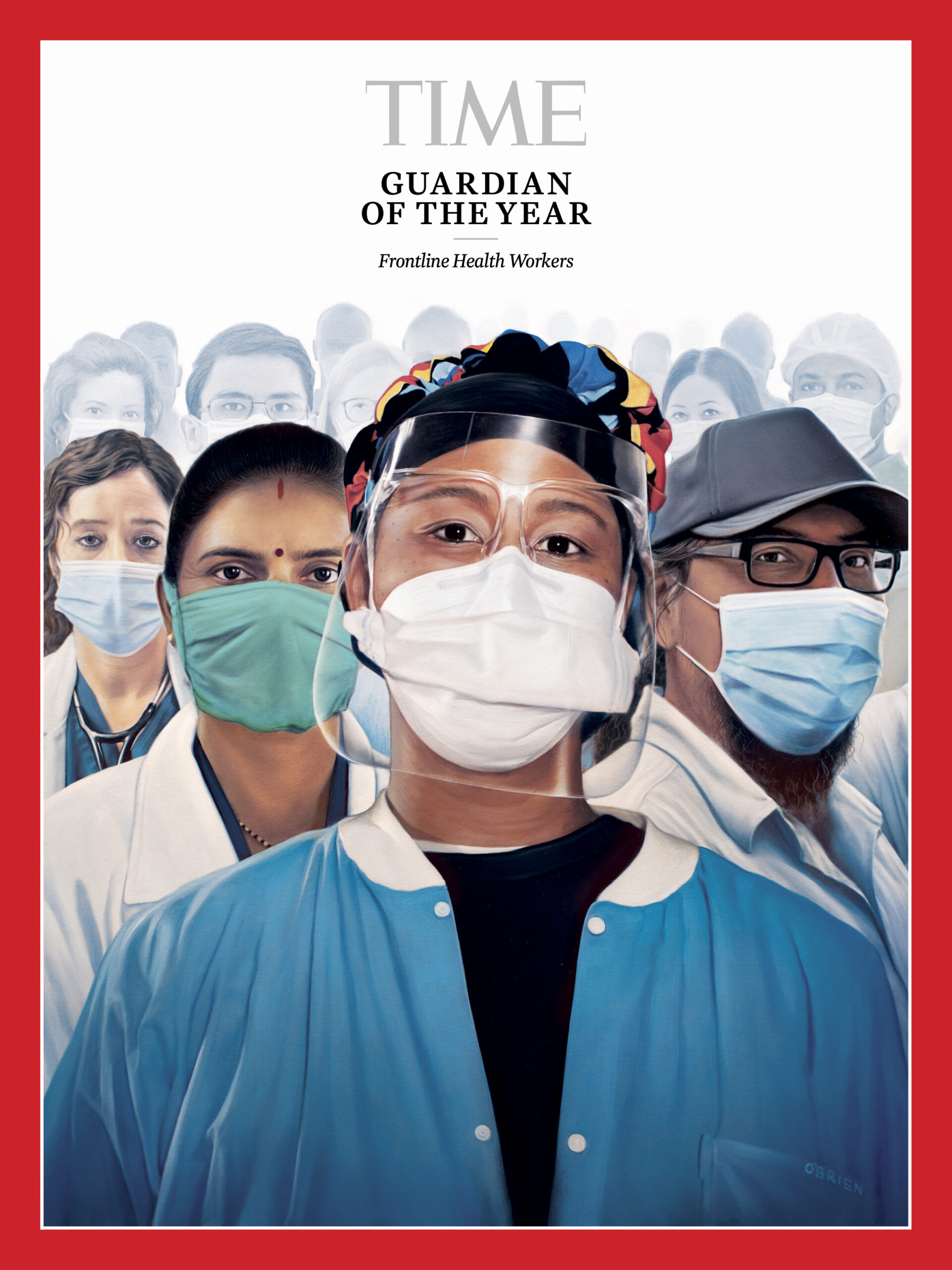 But even superheroes can experience burnout and emotional distress—and our frontline healthcare workers are experiencing overwhelming feelings of stress, anxiety, frustration and burnout. A These feelings puts in peril the fourth pillar of the Quadruple Aim for improving healthcare. Those four pillars are to (1) improve the healthcare experience, (2) drive better health care outcomes, (3) lower per capital healthcare costs, and (4) support the resilience of health care workers.
But even superheroes can experience burnout and emotional distress—and our frontline healthcare workers are experiencing overwhelming feelings of stress, anxiety, frustration and burnout. A These feelings puts in peril the fourth pillar of the Quadruple Aim for improving healthcare. Those four pillars are to (1) improve the healthcare experience, (2) drive better health care outcomes, (3) lower per capital healthcare costs, and (4) support the resilience of health care workers.
In 2021, let us attend to supporting these frontline workers. Let us provide for their physical PPE needs, pay them fair wages, and bolster their emotional and mental health.
Gift No. 2: Telehealth and Virtual Care Platforms
Healthcare providers quickly pivoted to virtual care platforms mere days into the pandemic’s emergence. Some health systems built on top of existing programs, while other providers who had previously provided little telemedicine initiated medical encounters over FaceTime and Skype, Zoom and other commercial platforms.
As Roy Schoenberg, co-founder and president of Amwell noted on Bloomberg Technology, “There are generations where nothing happens. There are decades where nothing happens. And there are weeks when decades happen.”
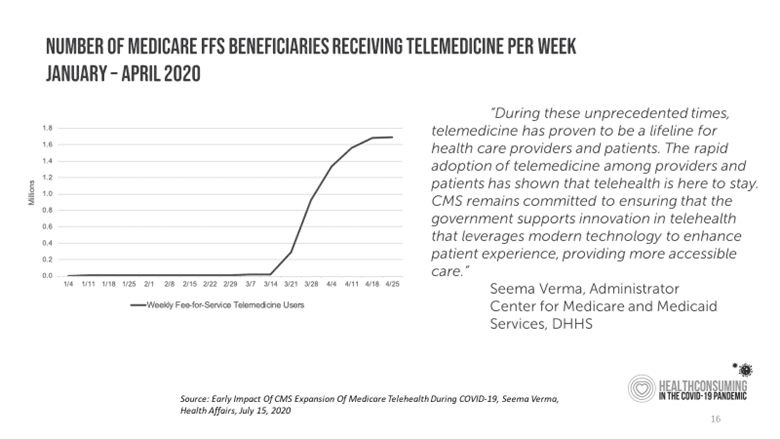 While patients-as-consumers underwent personal digital transformations during the pandemic, this metamorphosis was particularly impactful to older people who might have never used online portals or platforms to meet up with family and friends, shop for food or hygiene products, or pray with their faith institutions from afar. As the chart illustrates, there was hockey-stick growth among Medicare fee-for-service beneficiaries in the first months of the pandemic.
While patients-as-consumers underwent personal digital transformations during the pandemic, this metamorphosis was particularly impactful to older people who might have never used online portals or platforms to meet up with family and friends, shop for food or hygiene products, or pray with their faith institutions from afar. As the chart illustrates, there was hockey-stick growth among Medicare fee-for-service beneficiaries in the first months of the pandemic.
In 2021, let us integrate virtual care into healthcare workflows for the benefit of both patients and providers, aligning payment and value-creation for both sides of the telehealth encounter.
Gift No. 3: Consumers Ramp Up Their Personal and Public Health Literacy
People who never attended medical or nursing school gained a new lexicon during the pandemic. Acronyms and words like “PPE,” “slow the spread,” “physical distancing,” and “hydroxychloroquine” became part of everyday conversations for people learning and growing more aware of how their individual actions impacted the health and well-being of other people.
In New York, Governor Andrew Cuomo’s daily coronavirus briefings presented hard epidemiologic data in the form of statistics and graphs. These briefings educated residents on where hotspots were emerging and gave real-time information to arm people with the most current advice to #StayHome and #StopTheSpread.
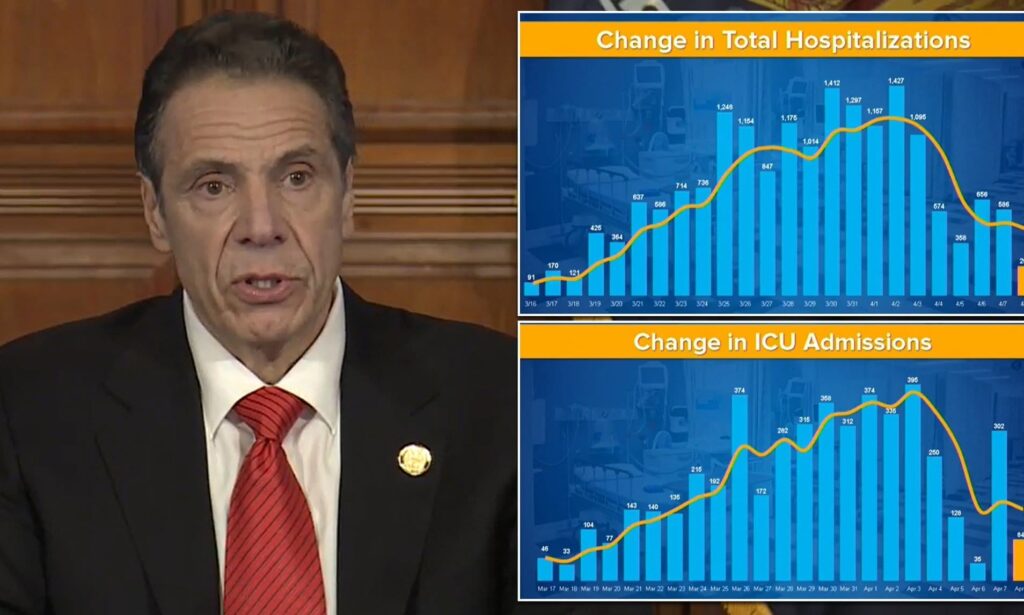 In 2020, consumers also learned more about how vaccines are developed and how, when government and business closely collaborate, long development times can move at “warp speed” for the benefit of the public’s health.
In 2020, consumers also learned more about how vaccines are developed and how, when government and business closely collaborate, long development times can move at “warp speed” for the benefit of the public’s health.
In 2021, may we build on health consumers’ health knowledge and awareness of their power to learn to create smarter health citizens.
Gift No. 4: Awareness and Activation on Social Determinants of Health
Within a couple of months into the pandemic, it became tragically evident and sobering that the mortality rate from complications of the coronavirus was much greater for Black and Latinx people than for white people in America. Public health experts have long acknowledged that social determinants of health (SDOH) play a role in peoples’ health outcomes, but in 2020, the concept of SDOH gained mainstream acceptance.
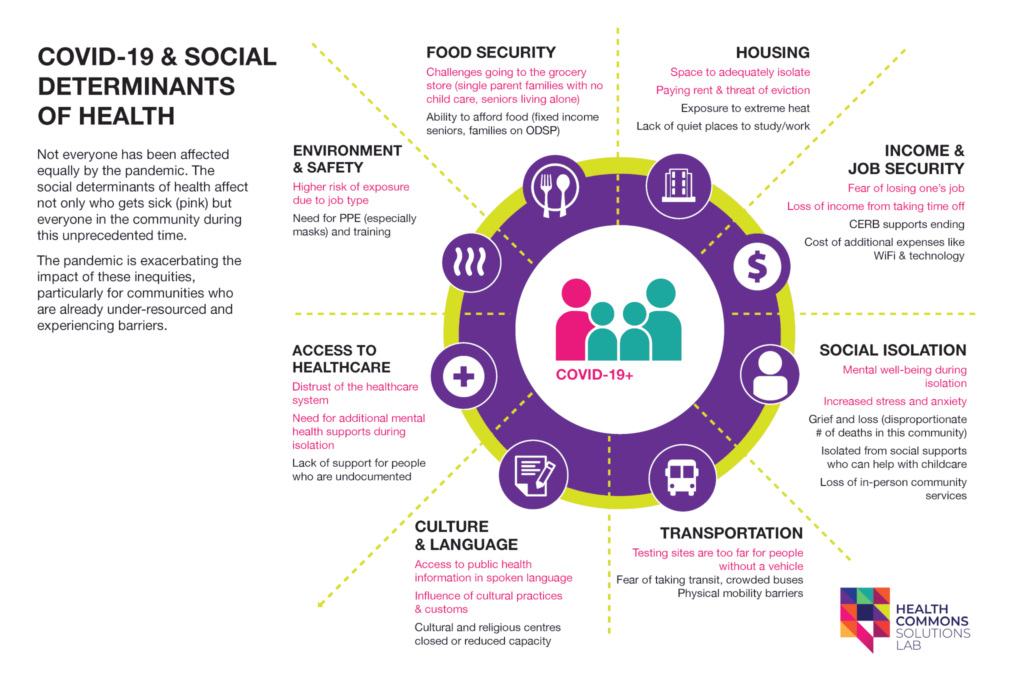 As it relates to COVID-19, SDOH risks became evident across many factors: income and job security, social isolation, transportation, culture and language, and food security.
As it relates to COVID-19, SDOH risks became evident across many factors: income and job security, social isolation, transportation, culture and language, and food security.
In the summer, with the death of George Floyd, a third sort of pandemic converged with the virus-crisis and the negative financial impact of the recession—that is, the raising social consciousness of that has underpinned worse health outcomes for people of color than for white Americans.
In 2021, may we take the tough lessons on systemic racism and income inequality in America and inspire public policies embedded with health with a “whole-of-government” approach across the cabinet posts—in agriculture for food policy, transportation for access and safe streets, education for opportunity, commerce for fair wages, and of course, health for access and equity.
Gift No. 5: Rising Awareness of Health Citizenship in America
The 2020 election in the U.S. turned out more votes than any election for more than 100 years of American history—in the midst of a public health crisis where people congregating in groups took physical risks of being exposed to COVID-19.
The election was a call-to-action for people voting on the basis of “lives” and “livelihoods.” Voters were split on this distinction—some voting to crush the virus, even if that meant shutting down parts of the economy, and others voting on the nuance of livelihoods and opening businesses to boost the economy and jobs.
The good news here is that Americans got more involved in politics at both the state and national level. And that is a good thing for democracy and, ultimately, health engagement.
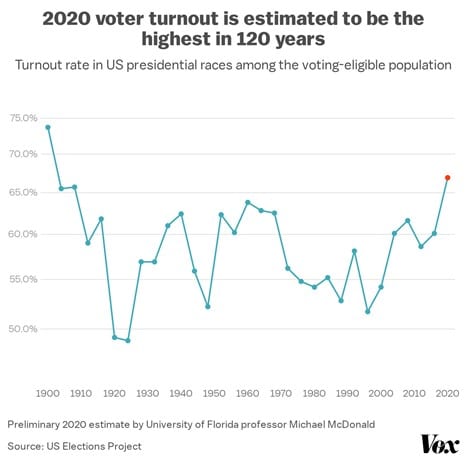 Because as much as business has done to pitch in and collaborate to address COVID-19 in their workplaces and communities, the public sector still must legislate, regulate and lead in the fight against a public health crisis.
Because as much as business has done to pitch in and collaborate to address COVID-19 in their workplaces and communities, the public sector still must legislate, regulate and lead in the fight against a public health crisis.
In 2021, may health citizens come together and recognize that our new social contract for health must be love— to wear the mask for one another and to opt into getting vaccinated as soon as possible. Doing so translates into a virtuous cycle of positive health behaviors that inspire one’s family and community.
May blessings abound for you and your loved one … and may we meet up in person by the time we sing Auld Lang Syne into the new year of 2022!

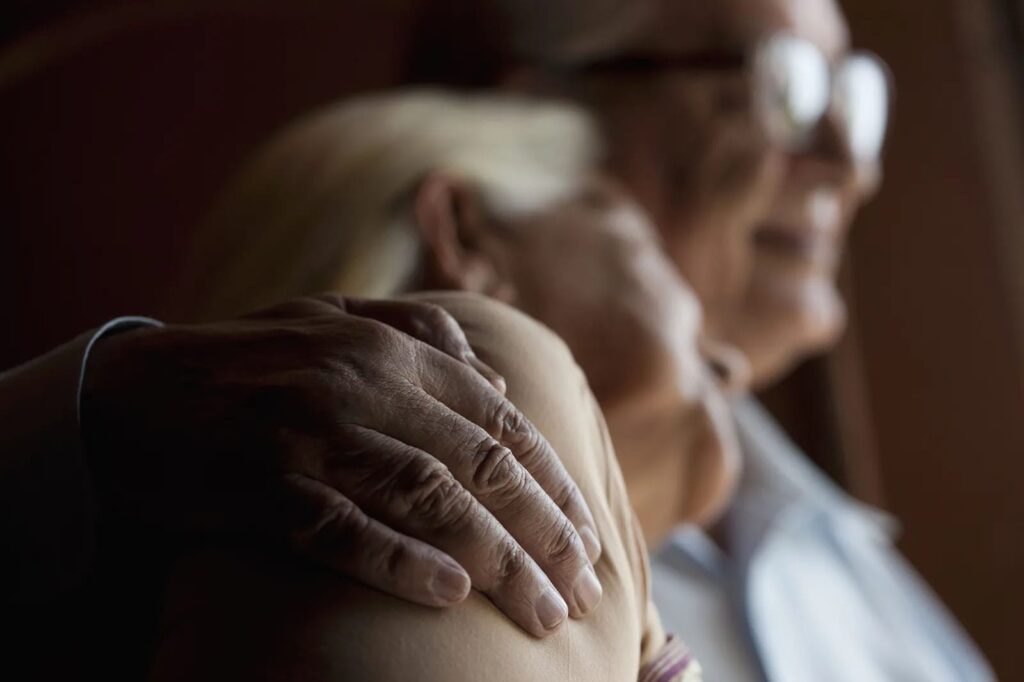
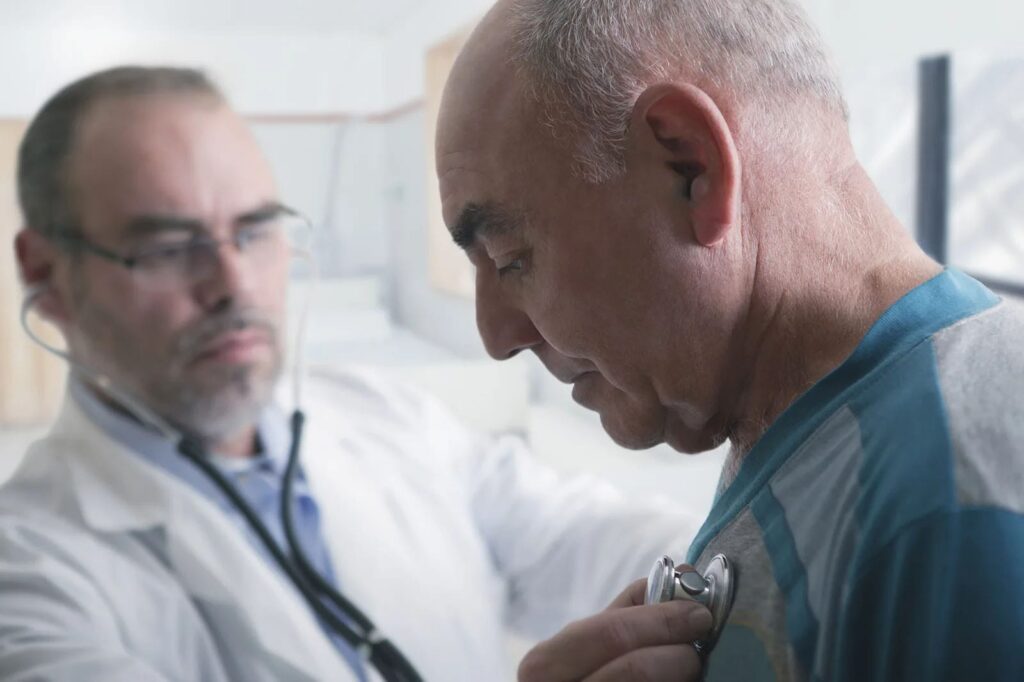
About The Author: Jane Sarasohn-Kahn, MA, MHSA
Through the lens of a health economist, Jane defines health broadly, working with organizations at the intersection of consumers, technology, health and healthcare. For over two decades, Jane has advised every industry that touches health including providers, payers, technology, pharmaceutical and life science, consumer goods, food, foundations and public sector.
More posts by Jane Sarasohn-Kahn, MA, MHSA